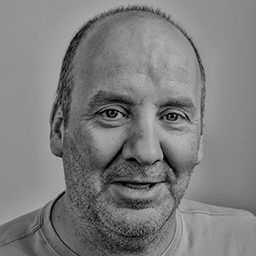By MIKE MAGEE
“What exactly does it mean to augment clinical judgement…?”
That’s the question that Stanford Law professor, Michelle Mello, asked in the second paragraph of a May, 2023 article in JAMA exploring the medical legal boundaries of large language model (LLM) generative AI.
This cogent question triggered unease among the nation’s academic and clinical medical leaders who live in constant fear of being financially (and more important, psychically) assaulted for harming patients who have entrusted themselves to their care.
That prescient article came out just one month before news leaked about a revolutionary new generative AI offering from Google called Genesis. And that lit a fire.
Mark Minevich, a “highly regarded and trusted Digital Cognitive Strategist,” writing in a December issue of Forbes, was knee deep in the issue writing, “Hailed as a potential game-changer across industries, Gemini combines data types like never before to unlock new possibilities in machine learning… Its multimodal nature builds on, yet goes far beyond, predecessors like GPT-3.5 and GPT-4 in its ability to understand our complex world dynamically.”
Health professionals have been negotiating this space (information exchange with their patients) for roughly a half century now. Health consumerism emerged as a force in the late seventies. Within a decade, the patient-physician relationship was rapidly evolving, not just in the United States, but across most democratic societies.
That previous “doctor says – patient does” relationship moved rapidly toward a mutual partnership fueled by health information empowerment. The best patient was now an educated patient. Paternalism must give way to partnership. Teams over individuals, and mutual decision making. Emancipation led to empowerment, which meant information engagement.
In the early days of information exchange, patients literally would appear with clippings from magazines and newspapers (and occasionally the National Inquirer) and present them to their doctors with the open ended question, “What do you think of this?”
But by 2006, when I presented a mega trend analysis to the AMA President’s Forum, the transformative power of the Internet, a globally distributed information system with extraordinary reach and penetration armed now with the capacity to encourage and facilitate personalized research, was fully evident.
Coincident with these new emerging technologies, long hospital length of stays (and with them in-house specialty consults with chart summary reports) were now infrequently-used methods of medical staff continuous education. Instead, “reputable clinical practice guidelines represented evidence-based practice” and these were incorporated into a vast array of “physician-assist” products making smart phones indispensable to the day-to-day provision of care.
At the same time, a several decade struggle to define policy around patient privacy and fund the development of medical records ensued, eventually spawning bureaucratic HIPPA regulations in its wake.
The emergence of generative AI, and new products like Genesis, whose endpoints are remarkably unclear and disputed even among the specialized coding engineers who are unleashing the force, have created a reality where (at best) health professionals are struggling just to keep up with their most motivated (and often mostly complexly ill) patients. Needless to say, the Covid based health crisis and human isolation it provoked, have only made matters worse.
Continue reading…













